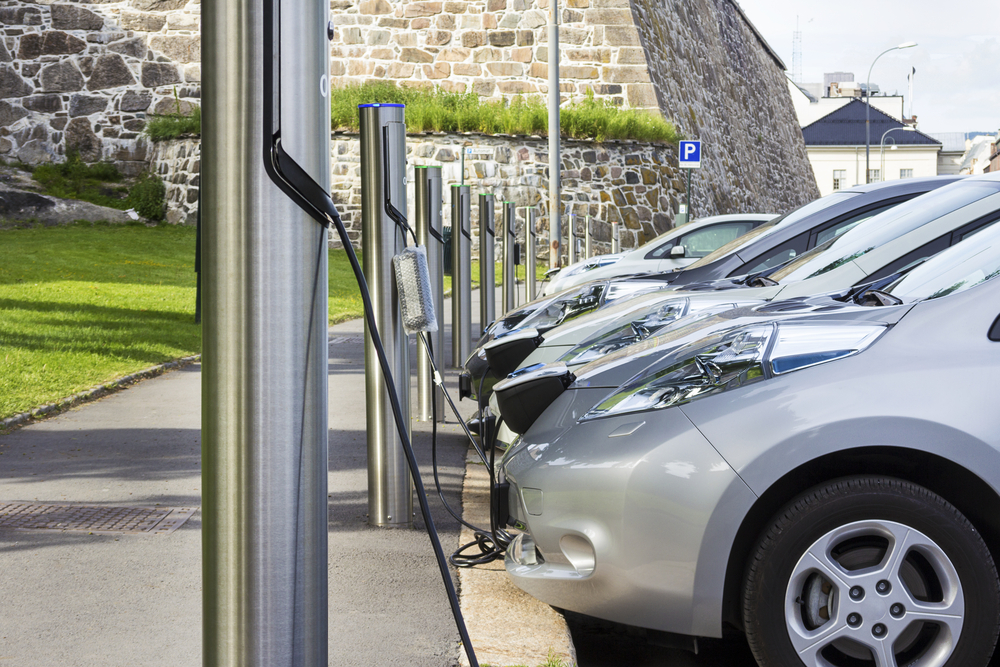Charging station harmonization key to feed EV growth

Interest in electric vehicles (EVs) may stall without the implementation of a standard protocol for B2B connectivity for public charging stations.
A patchwork of grant funding, settlement funds, private investment and electric companies’ pilots and programs developed the U.S. charging infrastructure. That has resulted in a vast number of divergent stakeholders involved in charging stations. Among those stakeholders are network providers that operate charging stations under a variety of business models. The system has led to a complicated and divergent public charging system access.
“It is more important than ever that we focus on making the customer EV charging experience seamless and convenient, and that means identifying the technical requirements that will enable us to meet the expectations of EV drivers,” said Edison Electric Institute (EEI) Vice President of Customer Solutions Lisa Wood. “It is critical that investments in EV charging infrastructure lead to options for EV drivers that are convenient, easy to use, and secure.”
Wood made her comments during the release of the white paper, Interoperability of Public Electric Vehicle Charging Infrastructure. The Electric Power Research Institute (EPRI), in collaboration with EEI, the Alliance for Transportation Electrification (ATE), the American Public Power Association (APPA), and the National Rural Electric Cooperative Association (NRECA) produced the findings this week.
The paper addresses four public EV charging station challenges and how each may impact customers, site hosts, and electric companies. The challenges are defined as charging network-to-charging network interoperability, charging station-to-network interoperability, physical charging interface interoperability, and vehicle-grid interoperability.
The paper frames interoperability as the harmonizing of standards, technology, and practices for EV charging.
“Interoperability provides customers and the market with the transparency needed for EV charging to evolve in an efficient and resilient manner,” said EPRI Senior Vice President of R&D Arshad Mansoor. “Collaboration in this effort will be important as infrastructure continues to scale.”
A recent EEI/Institute for Electric Innovation report projects that, by 2030, nearly one million public charging ports will be needed in the United States to support almost 19 million EVs. Today, fewer than 100,000 such ports are available to U.S. drivers. Many of these impose limits on their access and use. As infrastructure scales to meet these needs, improved interoperability and standardization will be essential to help enable a multi-stakeholder approach to planning, investment, and operation of public charging.
“If we want the electric vehicle market to grow, it is vital that stakeholders agree to a set of standards that enable the infrastructure, vehicles, and other components to work seamlessly. Interoperability is key,” said Jim Spiers, NRECA’s senior vice president for Business and Technology Strategies. “This paper lays a solid foundation from which to build as we work towards this goal collaboratively.”
The report also highlighted collaborative areas of focus for the industry:
Charging network-to-charging network interoperability: Implementation of a standard protocol for B2B connectivity that facilitates customer roaming between charging networks;
Charge station-to-network interoperability: Implementation of open, nonproprietary protocols enabling interchangeable services and operations between charge stations and networks;
Physical charging interface interoperability: The adoption, through appropriate standards-setting organizations, of a DC charging protocol and interface, or alternative solutions to facilitate interoperability, for light duty EVs to improve charging access and scale infrastructure efficiently;
Vehicle-grid interoperability: Development and implementation of open standards for grid-condition based charging management.
By working together, all stakeholders in public EV infrastructure — including electric vehicle service providers (EVSPs), electric companies, EV supply equipment original equipment manufacturers (OEMs), and automakers — can help advance both technical and best practice solutions to interoperability-related challenges, the report concluded.
